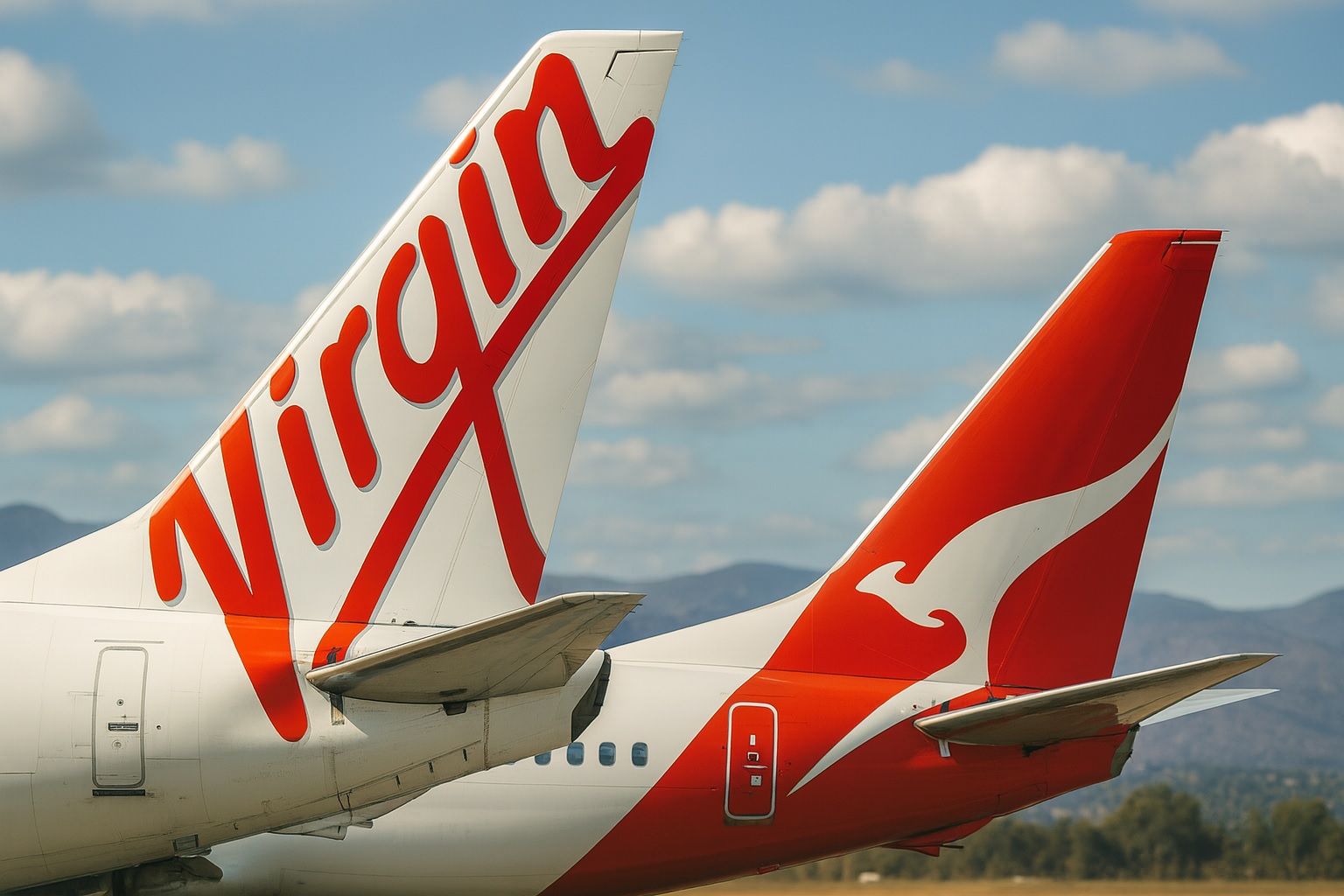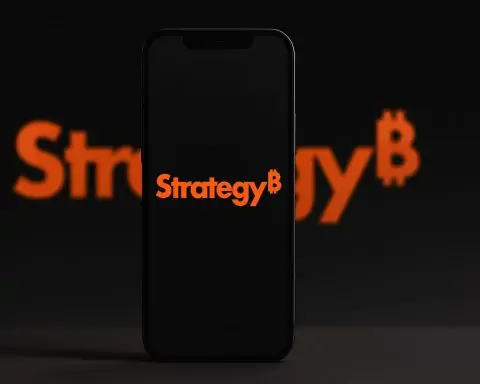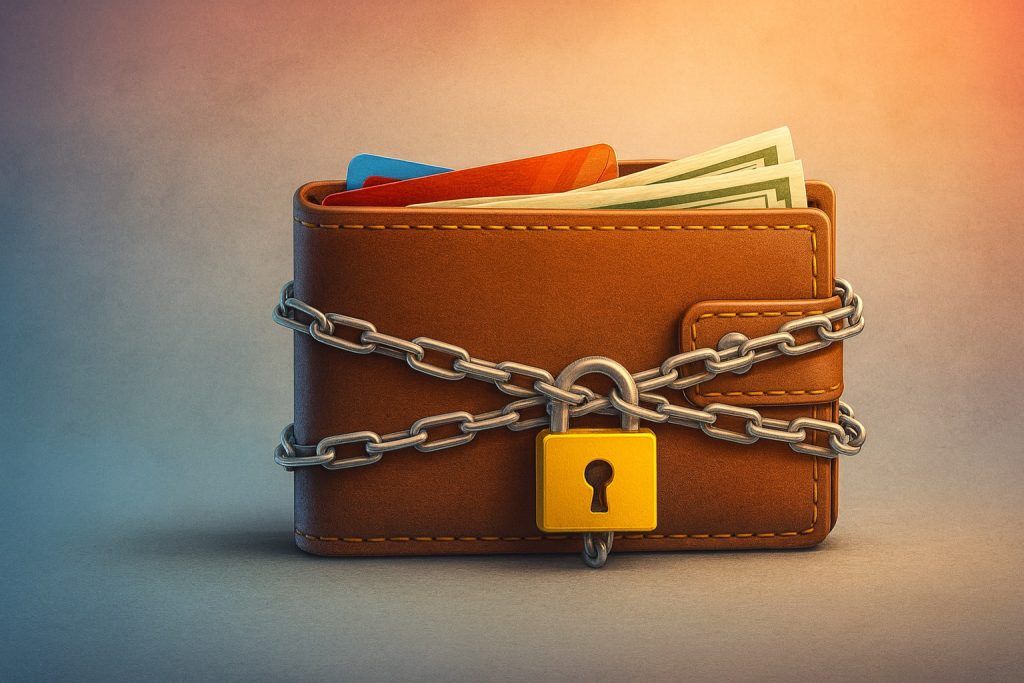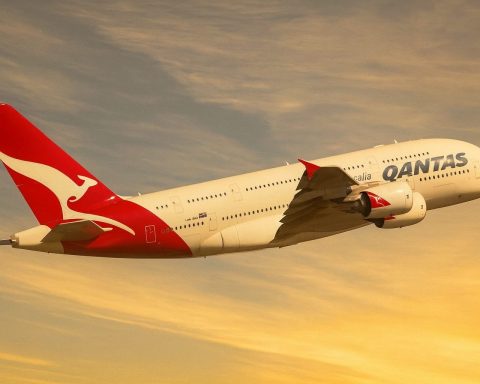Australian travellers are about to lose one of their favourite inflight gadgets. Qantas, Jetstar, QantasLink and Virgin Australia are all moving to ban the use of portable power banks on board, following a string of fires linked to lithium batteries in Australia and overseas. [1]
The move comes just weeks before the busy Christmas travel period and is part of a broader global clampdown on battery-powered devices in aircraft cabins. [2]
Key points at a glance
- Virgin Australia: Power banks banned from use on board from 1 December 2025. [3]
- Qantas, QantasLink & Jetstar: Same rules apply from 15 December 2025. [4]
- Passengers can still carry power banks, but:
- You can’t use them to charge devices in flight.
- You can’t charge the power bank itself, even via seat USB/power outlets. [5]
- Most travellers will be restricted to two power banks per person, with maximum capacity up to 160Wh, subject to each airline’s approval rules for larger units. [6]
- Power banks must stay in cabin baggage only and be kept within easy reach, not buried in bags — and on Virgin, not in overhead lockers at all. [7]
What exactly are the new rules?
Virgin Australia
From 1 December, Virgin Australia passengers: [8]
- May bring portable power banks only in carry‑on, not checked baggage.
- Must keep them in sight and easily accessible (for example, in a seat pocket, under the seat or on their person).
- Cannot use power banks to charge phones, tablets, headphones or laptops during the flight.
- Cannot recharge the power bank itself using onboard power.
- Are limited to two power banks per traveller.
- Can generally bring standard units under 100 watt‑hours (Wh) without extra approval; banks between 100–160Wh may require airline approval; anything larger is not allowed.
Qantas, Jetstar and QantasLink
For Qantas Group airlines, the policy kicks in from 15 December 2025 and applies across Qantas, QantasLink and Jetstar services. [9]
Key elements include: [10]
- No use or charging of power banks on board.
- A limit of two power banks per passenger, each no more than 160Wh.
- Devices must stay in cabin baggage and be kept close to the passenger — ideally in the seat pocket or under the seat. Overhead lockers are only a fallback if that isn’t possible.
- Batteries built into “smart bags” must be removed before check‑in and carried in the cabin like any other power bank.
- Power banks remain completely banned from checked luggage.
Travellers can still charge phones, tablets and many laptops using in‑seat USB or AC outlets, where available — they just can’t use a power bank as the middleman. [11]
Why are airlines banning inflight power bank use?
The decision is grounded squarely in safety concerns about lithium‑ion batteries, which power most portable chargers.
A growing list of fires
- In July 2025, a Virgin Australia flight from Sydney to Hobart experienced a fire in an overhead locker, believed to have been caused by a passenger’s power bank. Cabin crew extinguished the blaze mid‑descent; one passenger was treated for smoke inhalation. [12]
- The Australian Transport Safety Bureau (ATSB) has recorded five inflight fires involving power banks on Australian or Australian‑registered aircraft since 2016, and is preparing a full report into the Hobart incident. [13]
- Earlier this year, Air Busan Flight 391 in South Korea was destroyed on the ground after a fire traced to a portable battery bank in the cabin; 27 people were injured but all 176 on board survived. [14]
- In October 2025, an Air China flight from Hangzhou to Seoul diverted to Shanghai when a lithium battery in overhead carry‑on luggage ignited mid‑flight, filling the cabin with smoke. [15]
- Two weeks ago, a passenger in Qantas’s Melbourne business lounge suffered burns when a power bank in his pocket overheated and caught fire, triggering an evacuation. [16]
For regulators and airlines, the pattern is worrying: fires often start right when power banks are being used or charged, and they usually happen in the cabin, close to passengers. [17]
Battery incidents are sharply rising
The Australian Competition and Consumer Commission (ACCC) has reported a 92% increase in lithium‑battery incidents between 2020 and 2022, and has issued 17 power bank recalls since 2020 — with tens of thousands of faulty units still estimated to be in circulation. [18]
Meanwhile, an IATA passenger survey found that: [19]
- 44% of passengers carry at least one power bank;
- 84% travel with a smartphone;
- 60% bring a laptop;
- Travellers now average around four lithium‑powered devices each.
More devices plus more cheap, poorly made batteries equals more risk. Insurance analysts note that lithium battery incidents on aircraft, particularly involving small personal devices, have risen steadily worldwide. [20]
How do the new airline rules fit with global standards?
This isn’t a one‑off Australian experiment; it’s part of a global trend.
- International carriers including Emirates, Cathay Pacific and Korean Air have already banned inflight use of power banks in 2025. [21]
- Several Asian airlines such as Singapore Airlines, Scoot, Thai Airways, EVA Air, China Airlines, Vietnam Airlines and VietJet prohibit using power banks on board altogether. [22]
- China has banned uncertified power banks on domestic flights, tightening rules for passengers connecting through Chinese airports. [23]
The International Civil Aviation Organisation (ICAO) and IATA are preparing updated dangerous‑goods guidance for 2026, and Qantas says its new policy was crafted to align with those upcoming changes after an internal safety review. [24]
Australia’s Civil Aviation Safety Authority (CASA) already requires spare lithium batteries and power banks to be carried only in cabin baggage and packed properly — never in checked luggage — and the airlines’ new rules build on that baseline. [25]
So… are power banks banned on flights or not?
The short answer: you can still bring them, you just can’t use them.
Under the new Qantas Group and Virgin Australia policies: [26]
- Portable chargers must be in carry‑on baggage.
- You can carry up to two per person, within the airlines’ watt‑hour limits.
- They must stay within reach so crew can quickly respond if something overheats.
- You cannot:
- Plug a power bank into your phone, laptop or headphones during the flight.
- Plug the power bank into the seat’s USB or AC outlet to recharge it.
Instead, you’re expected to charge devices directly from in‑seat power (where the aircraft is equipped) or board with everything fully charged from the terminal. [27]
What this means if you’re flying this summer
If you’re heading away over the December–January peak, here’s how to avoid last‑minute surprises at the gate.
1. Check your power bank’s rating
Look for a label listing Wh (watt‑hours) — often something like 10,000mAh, 3.7V, 37Wh.
If only voltage (V) and capacity in milliamp‑hours (mAh) are shown, you can calculate watt‑hours as:
Wh = (mAh ÷ 1,000) × V
Anything above 160Wh will not be accepted on these airlines, and larger packs between 100–160Wh may need pre‑approval, especially on Virgin Australia. [28]
2. Keep your power banks handy
Don’t bury them under coats, laptops and duty‑free. New rules emphasise that portable chargers should be: [29]
- In the seat pocket,
- Under the seat in front of you, or
- On your person (for example, in a jacket pocket).
Virgin specifically warns against putting power banks in the overhead lockers, after fires there proved difficult to access quickly. [30]
3. Don’t put power banks in checked baggage — ever
Even before these changes, international rules and CASA guidance made it clear: no power banks in checked bags. They’re treated as “spare batteries” and must travel in the cabin, where crew can act if something goes wrong. [31]
4. Expect more announcements and checks at the gate
Qantas and Virgin say customers will receive pre‑departure emails, and staff at check‑in and boarding will remind passengers of the new restrictions. Extra bag checks are likely while the rules bed in, especially on popular holiday routes. [32]
Tips for staying charged without a power bank
Corporate travel advisers and airlines are already offering practical workarounds. Drawing on their suggestions and industry guidance: [33]
- Start with 100% battery
- Top up all your devices before boarding — at home, in the lounge or using airport power points.
- Pack the right cables
- Bring a USB‑A or USB‑C cable for each device so you can plug straight into seat power where available.
- Prioritise low‑drain devices
- For work or streaming, a tablet can be easier to keep charged than a power‑hungry laptop.
- Use in‑flight entertainment where possible
- If the seatback screen has the movie you want, use it instead of your own device to preserve battery.
- Enable power‑saving modes
- Switch on low‑power mode, dim your screen and close unused apps to extend life on long sectors.
- Buy quality, certified power banks
- When you do purchase or replace a portable charger, choose reputable brands that list clear safety certifications and watt‑hour ratings. Regulators say many problem devices are poorly labelled knock‑offs. [34]
Frequently asked questions
Can I still bring a power bank on Qantas or Virgin flights?
Yes. You can usually carry up to two power banks in your cabin baggage, within the watt‑hour limits (generally up to 160Wh). You just can’t use or charge them inflight. [35]
Are power banks completely banned anywhere?
Some airlines and regulators overseas go further — for example, Chinese authorities ban uncertified power banks and several Asian carriers prohibit them being used on board at all. [36]
Why do they have to stay within reach?
If a battery overheats or catches fire, crew need to reach it within seconds. Fires inside overhead lockers or checked bags are harder to locate quickly and can spread before they’re noticed. [37]
What about smart luggage with built‑in batteries?
You’ll need to remove the battery pack and carry it into the cabin. If the power source can’t be removed, the bag may not be accepted on Qantas Group flights at all. [38]
Could this spread to other devices like phones or laptops?
There’s no suggestion of banning phones or laptops from cabins — they’re too essential — but airlines are tightening how all lithium‑powered devices are handled, especially spare batteries and external chargers. Expect more standardised rules globally as ICAO and IATA updates come into force from 2026. [39]
The bottom line
For most travellers, the new rules mean a simple habit change:
- Bring fewer, better‑labelled power banks,
- Keep them in sight, and
- Charge straight from the seat, not from your own battery pack.
In return, airlines hope to cut down the risk of dramatic mid‑air or airport fires — and the diversions, evacuations and injuries that come with them. As one flight attendants’ union leader put it, the big win is consistency: whatever logo is on the tail, passengers are now hearing essentially the same message about power banks — and that, safety experts say, makes everyone safer. [40]
References
1. www.abc.net.au, 2. www.qantas.com, 3. www.abc.net.au, 4. www.qantas.com, 5. www.qantas.com, 6. www.abc.net.au, 7. www.abc.net.au, 8. www.abc.net.au, 9. www.qantas.com, 10. www.qantas.com, 11. www.abc.net.au, 12. www.abc.net.au, 13. www.abc.net.au, 14. en.wikipedia.org, 15. www.scmp.com, 16. www.insurancebusinessmag.com, 17. 7news.com.au, 18. www.abc.net.au, 19. www.abc.net.au, 20. www.insurancebusinessmag.com, 21. www.abc.net.au, 22. www.insurancebusinessmag.com, 23. www.rnz.co.nz, 24. www.qantas.com, 25. www.casa.gov.au, 26. www.qantas.com, 27. www.abc.net.au, 28. www.abc.net.au, 29. www.qantas.com, 30. www.abc.net.au, 31. www.casa.gov.au, 32. www.qantas.com, 33. travelweekly.com.au, 34. 7news.com.au, 35. www.qantas.com, 36. www.rnz.co.nz, 37. 7news.com.au, 38. www.qantas.com, 39. www.qantas.com, 40. www.abc.net.au









